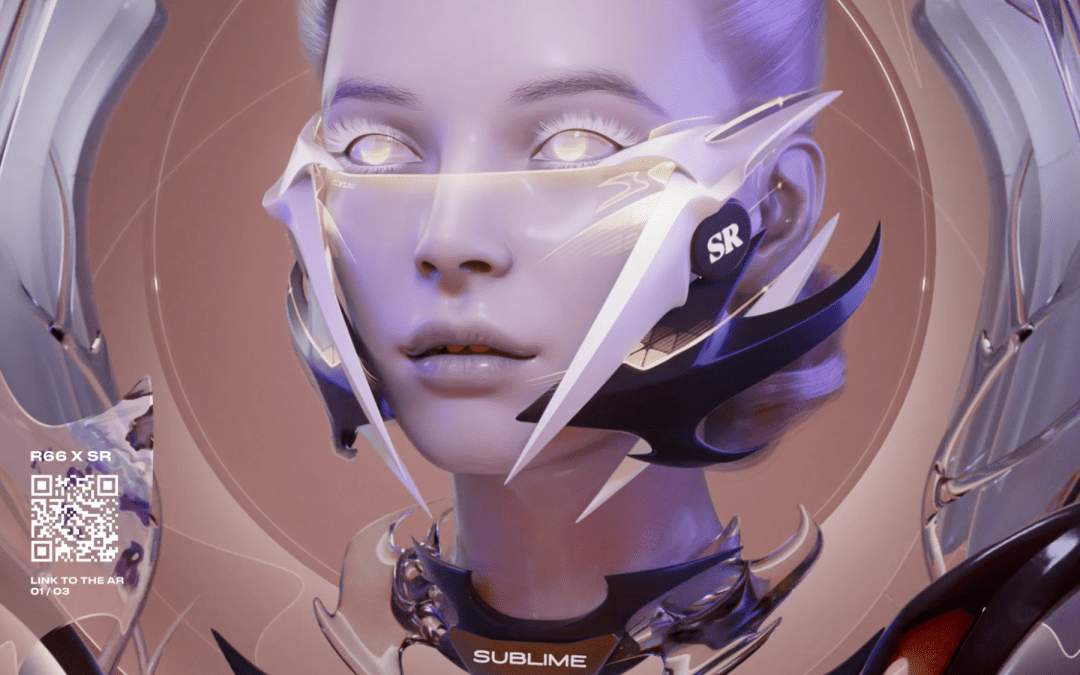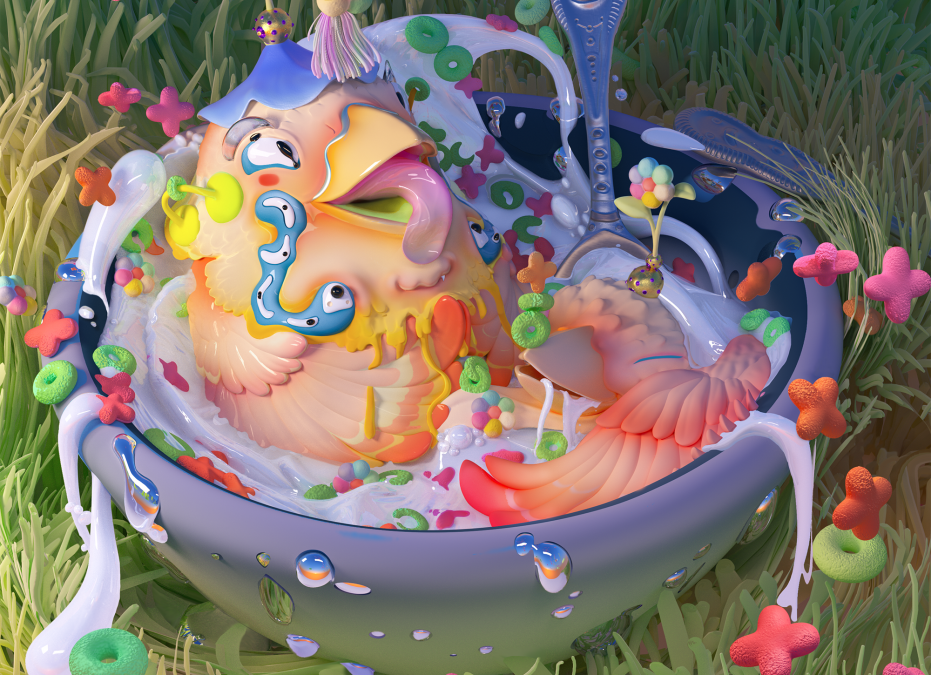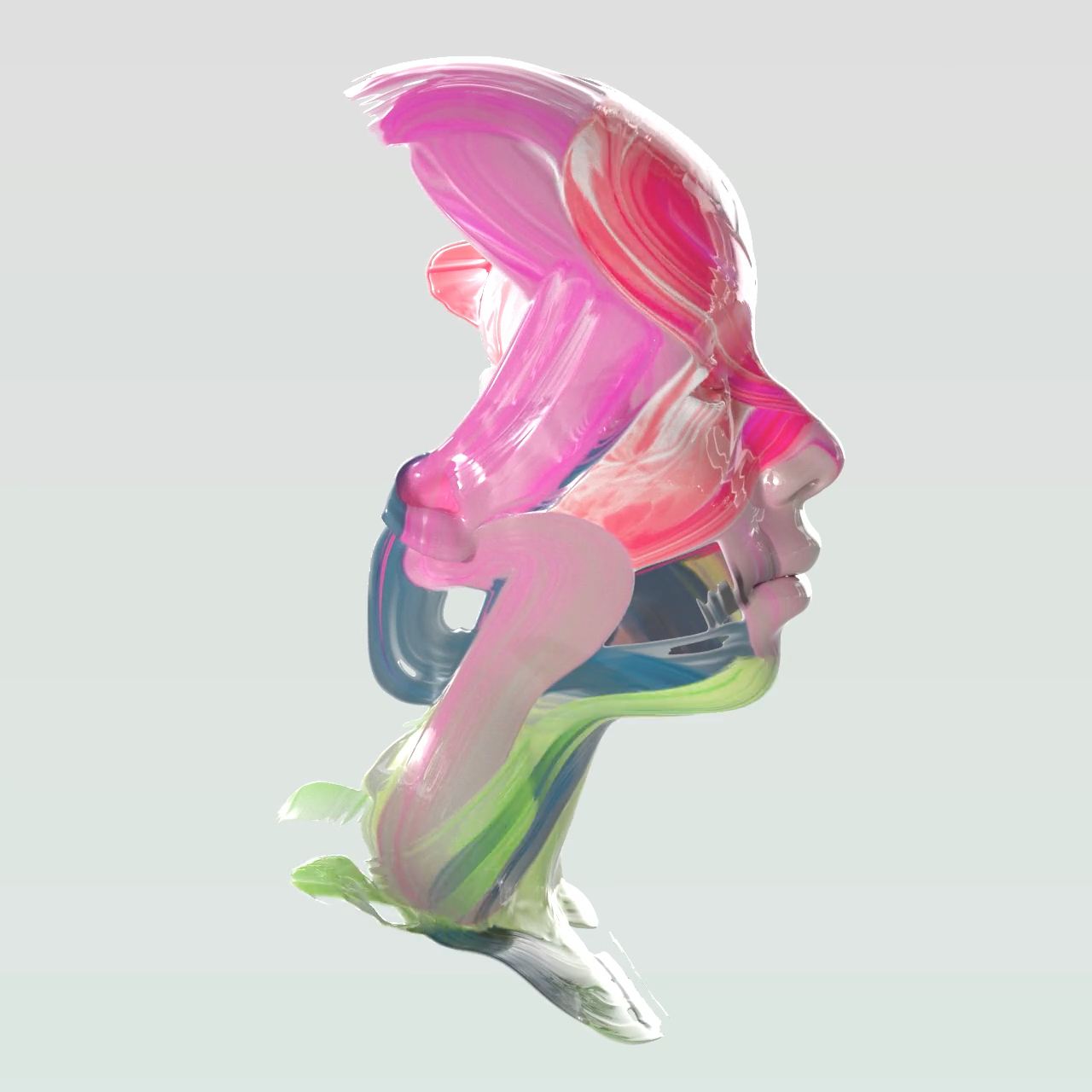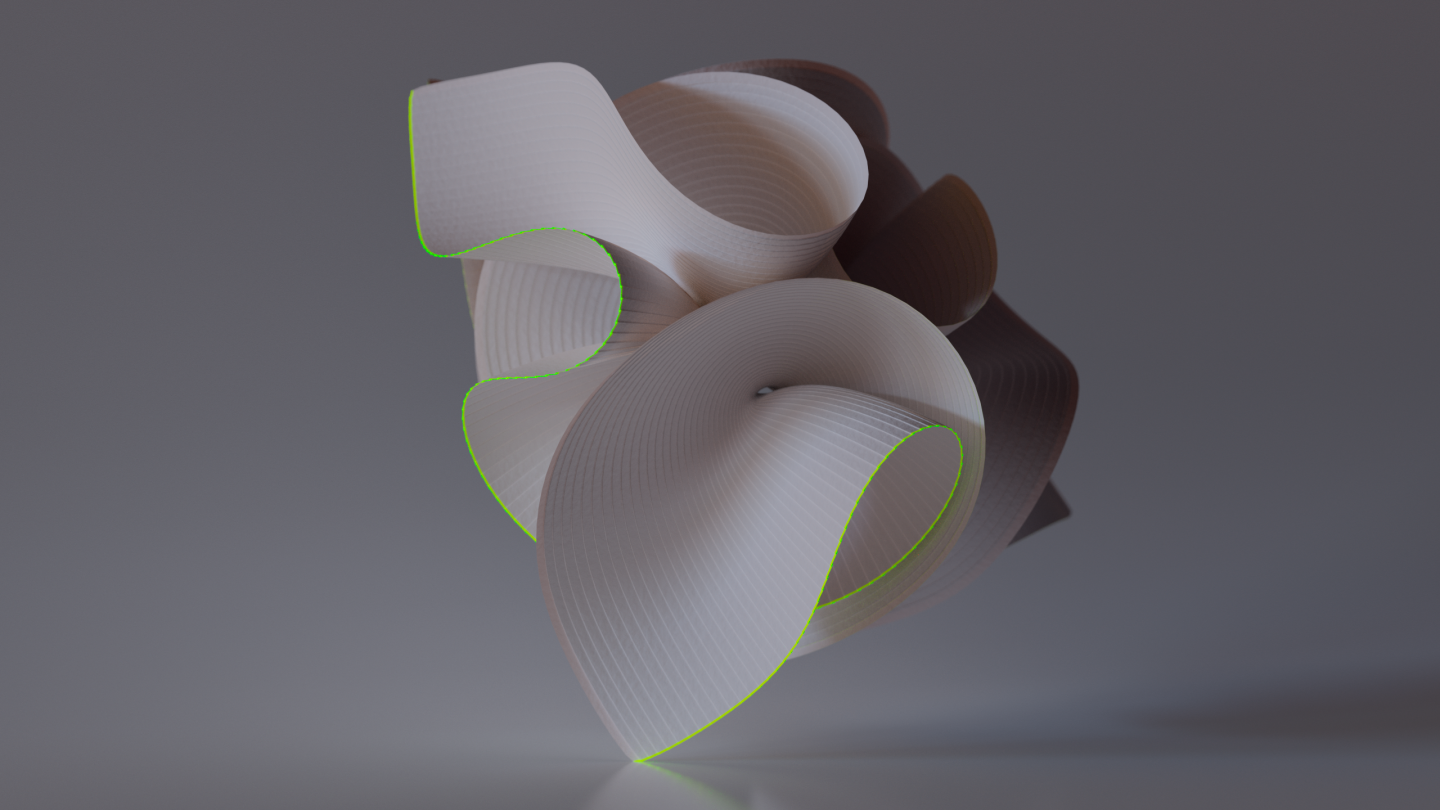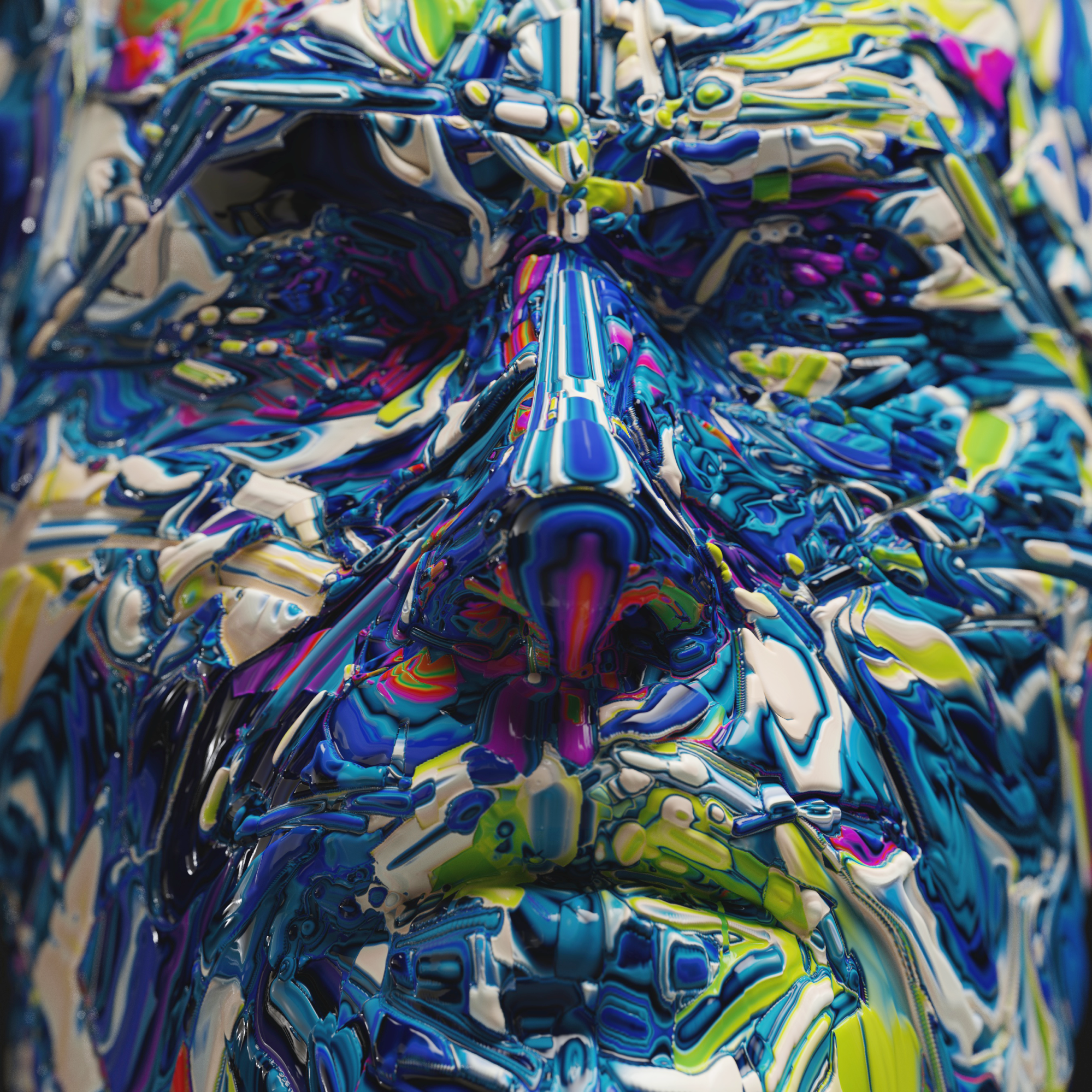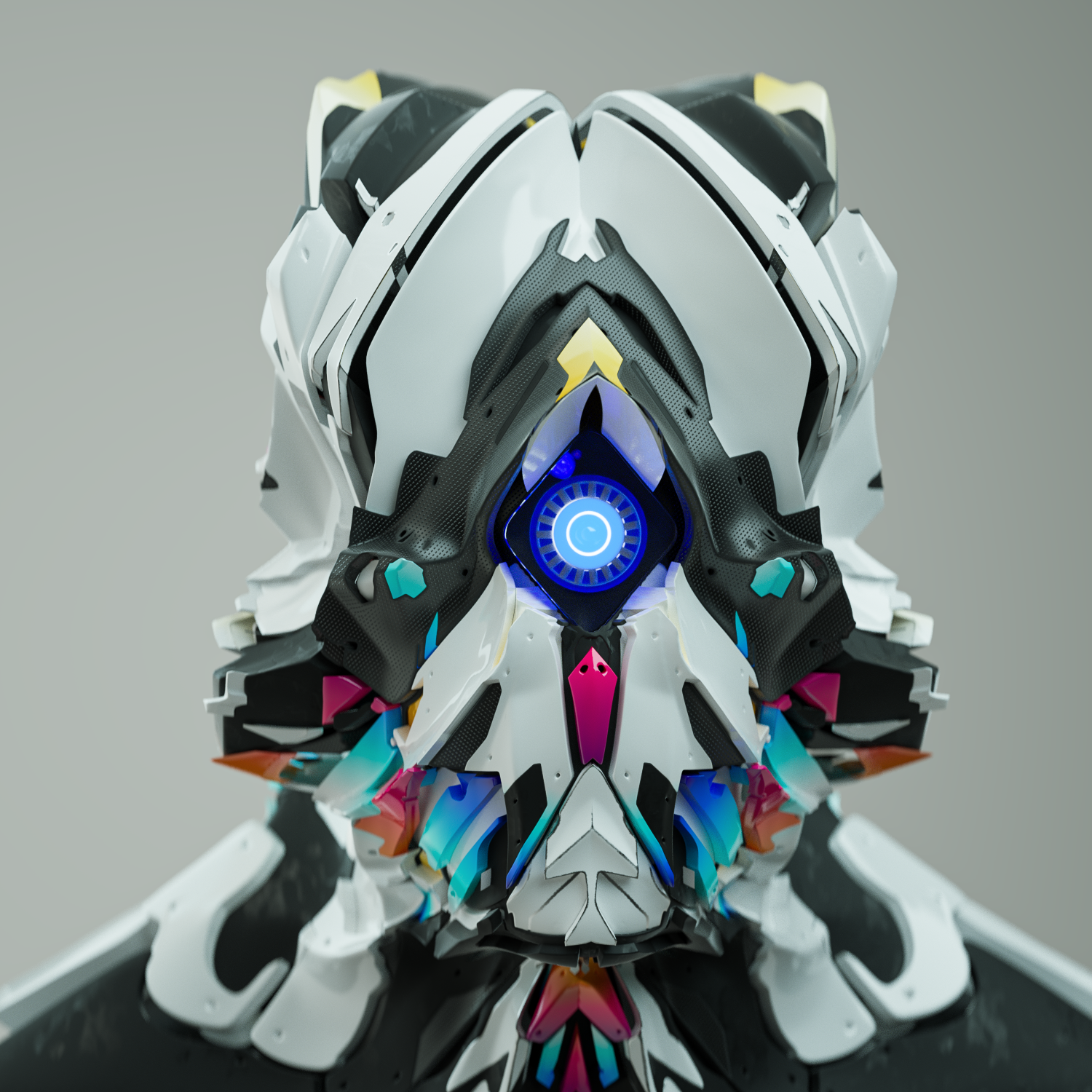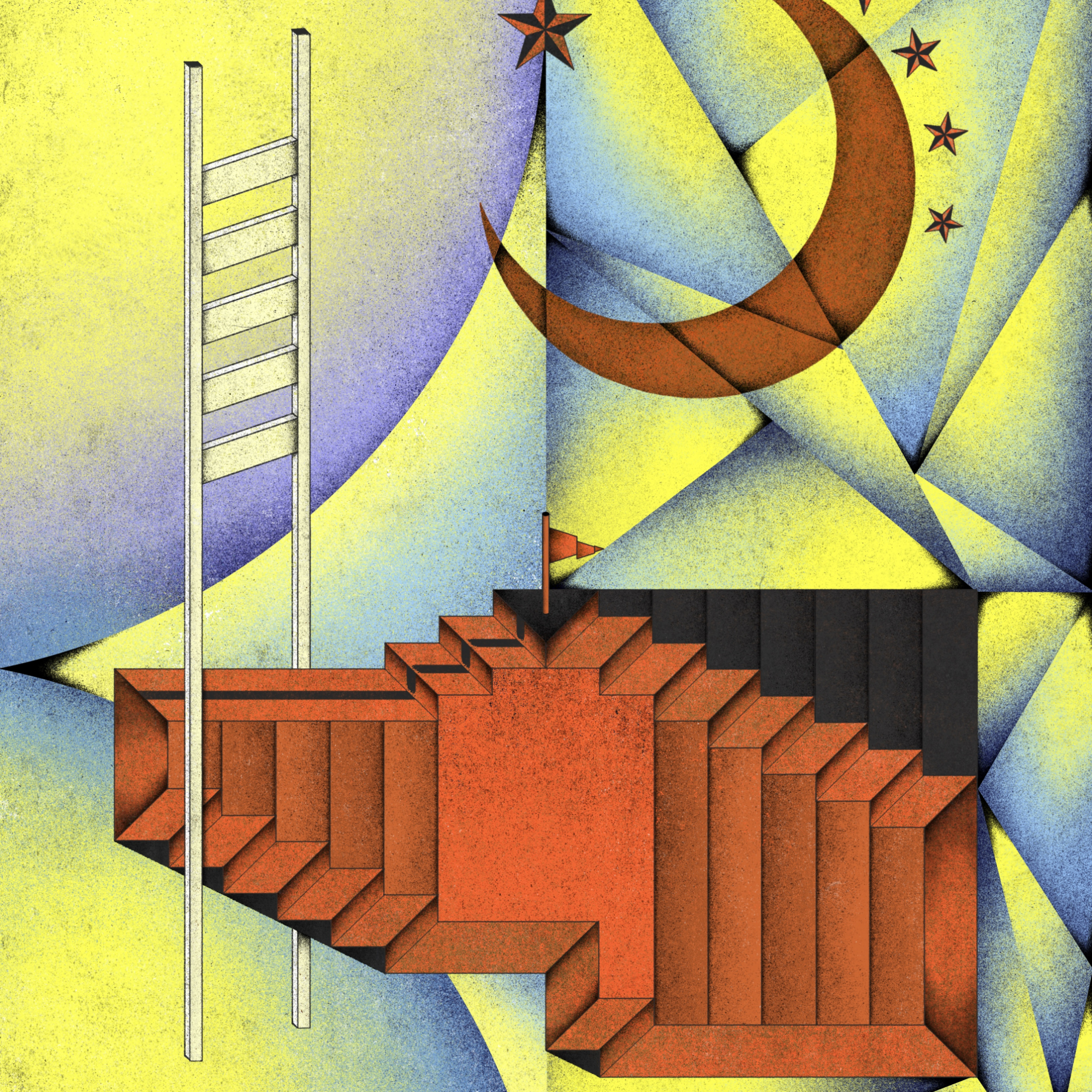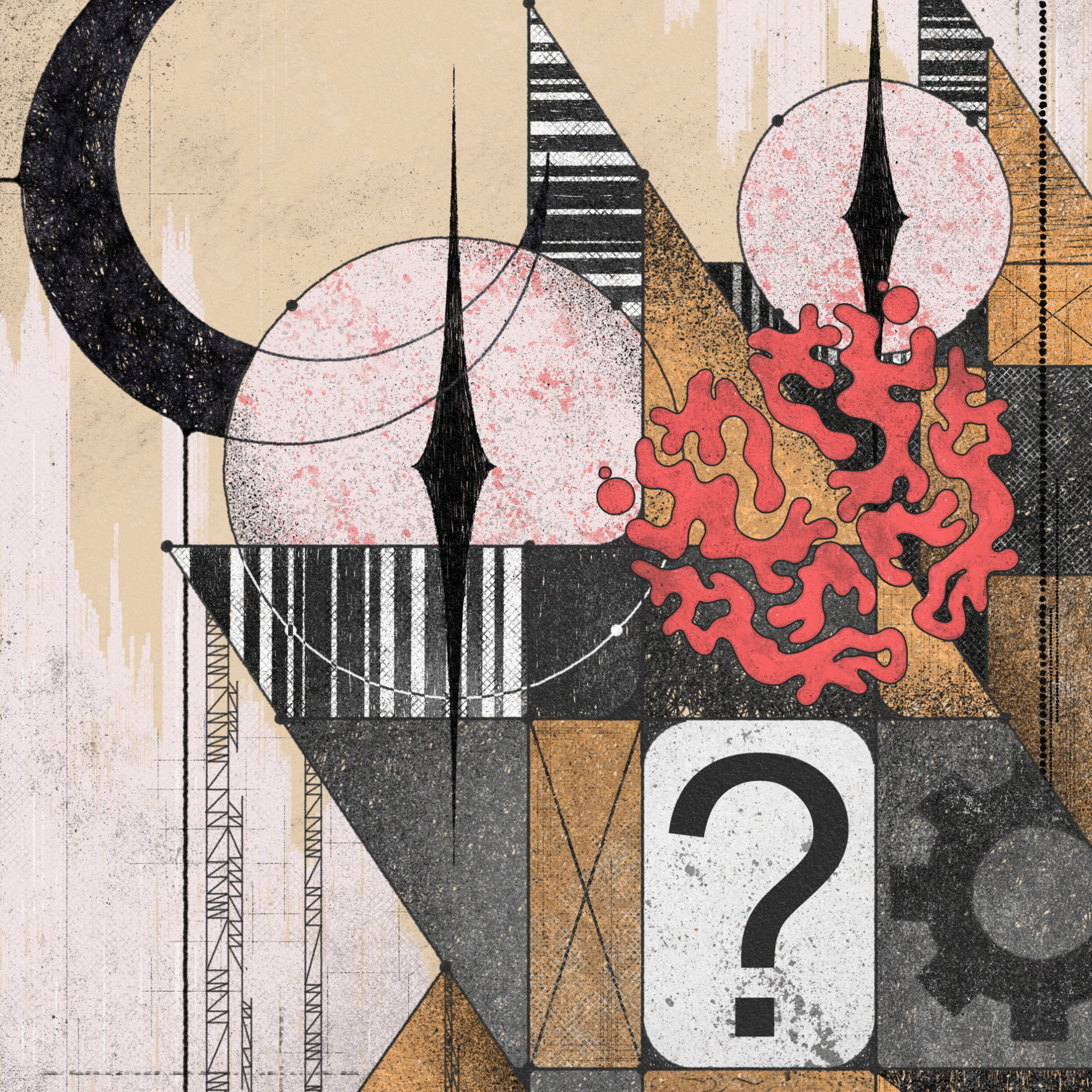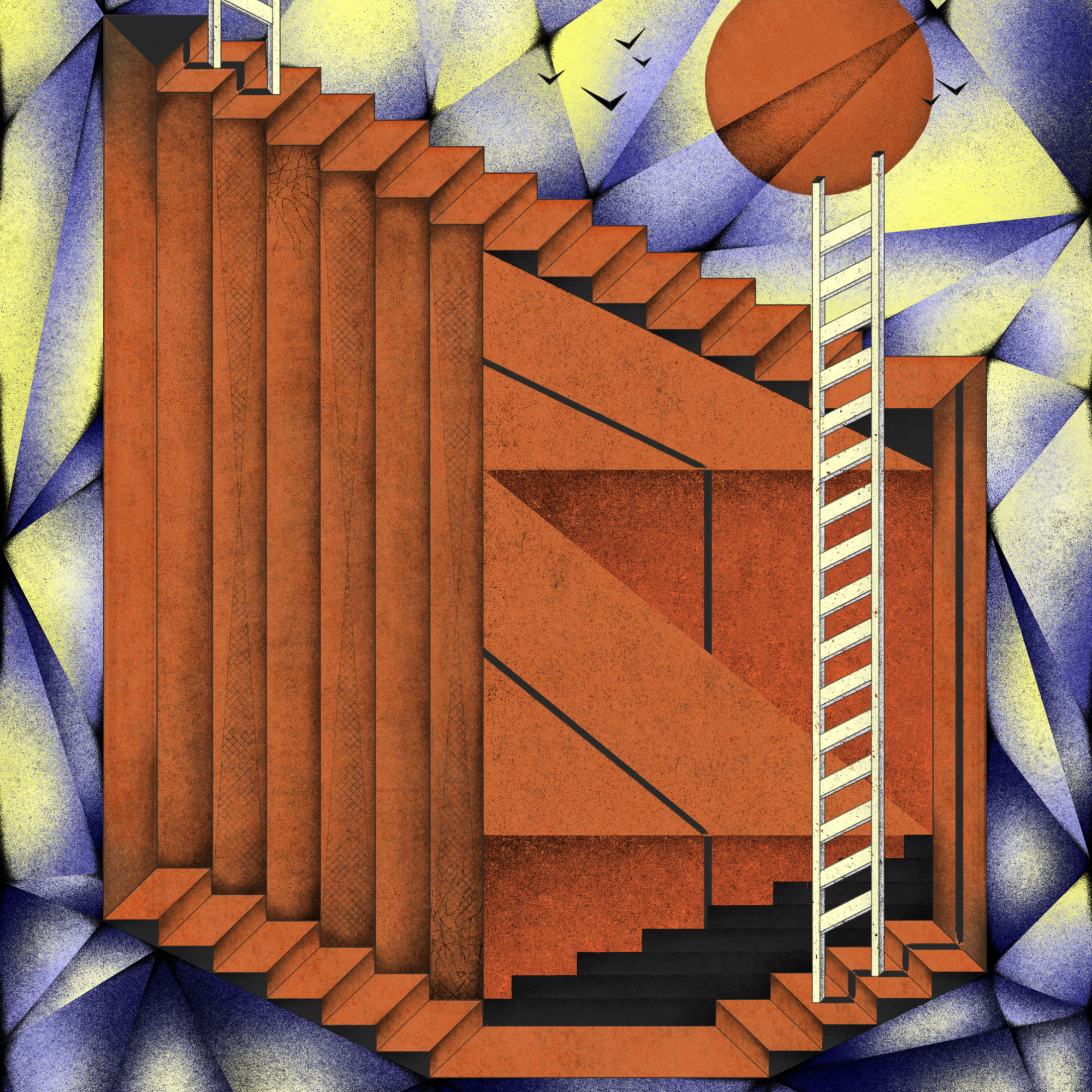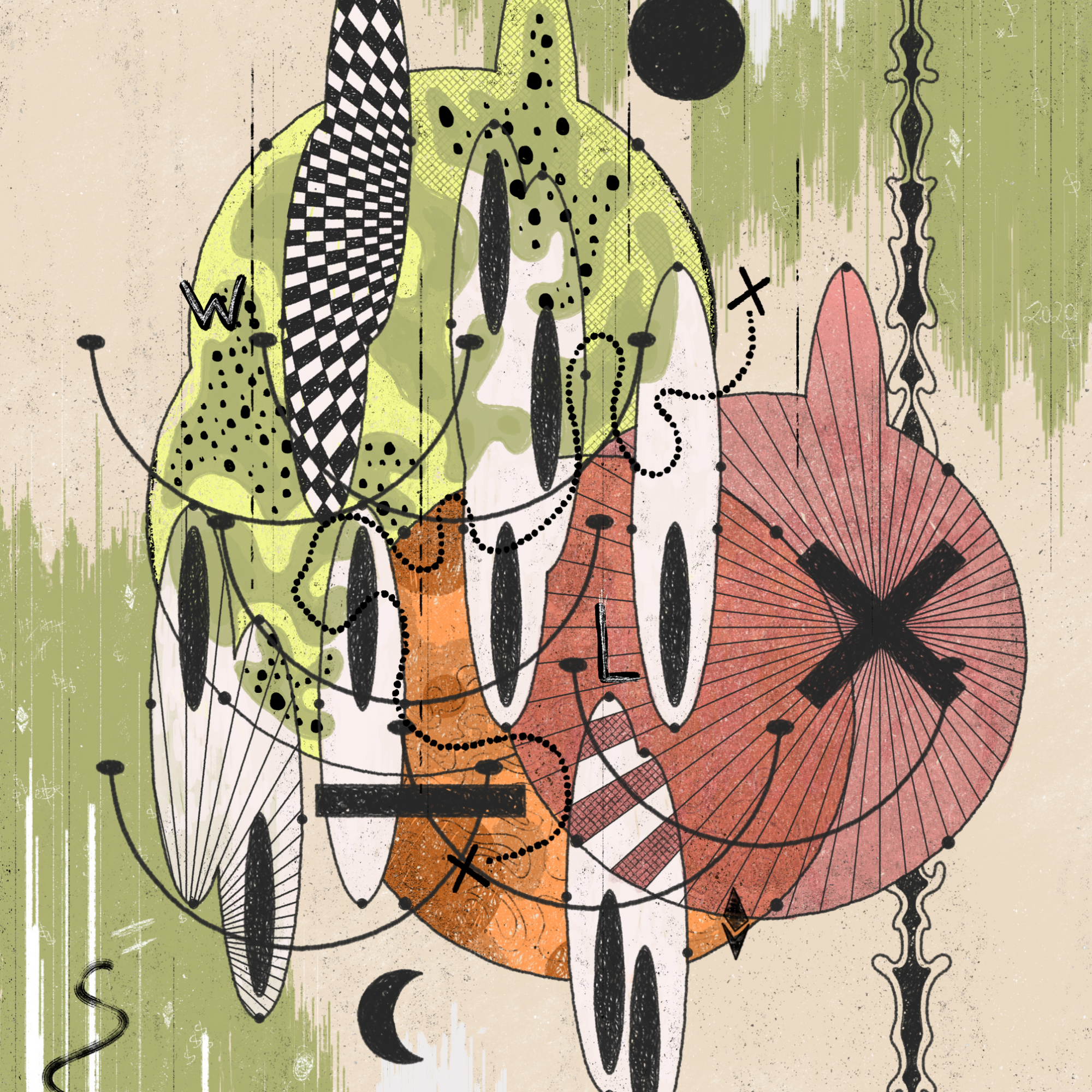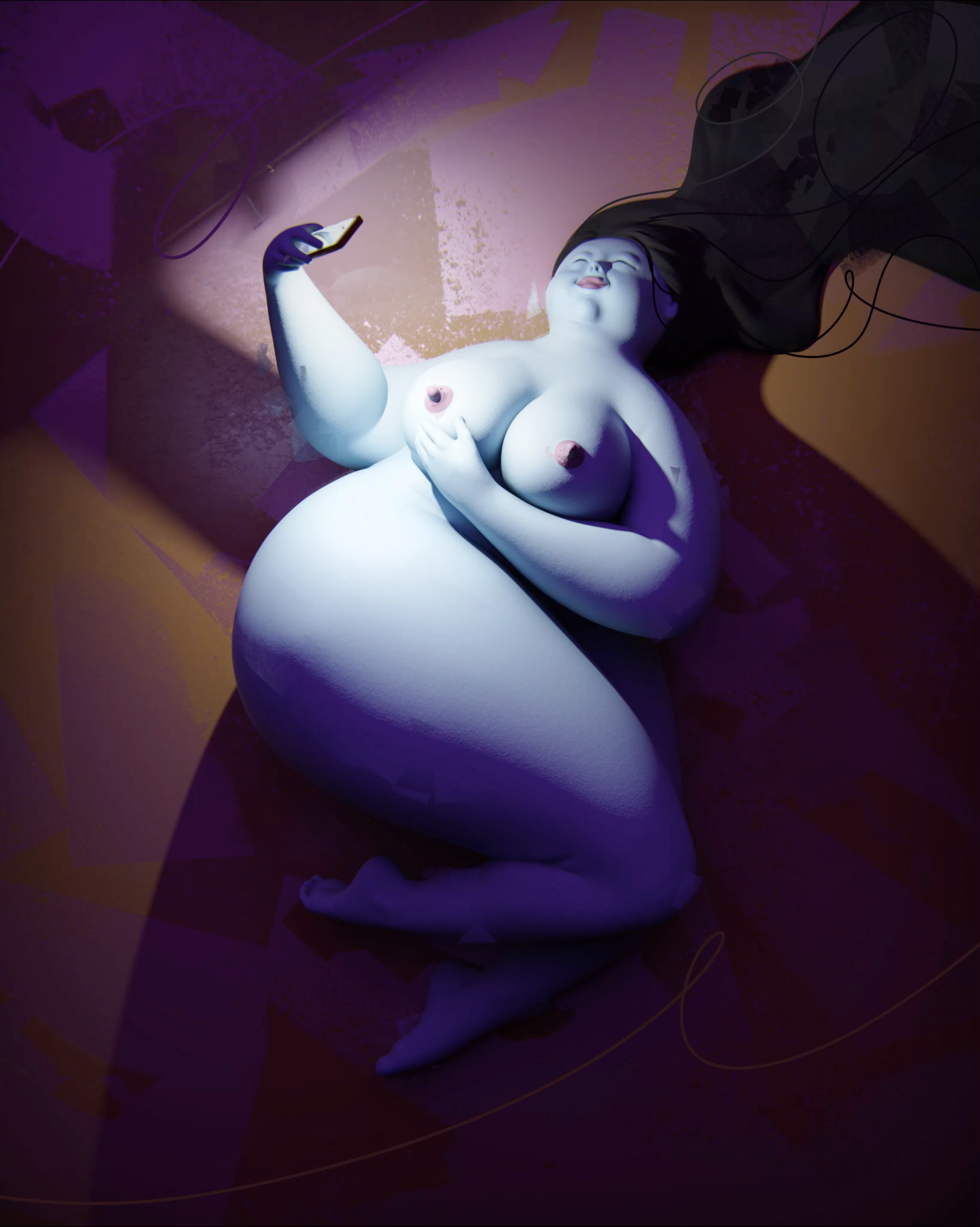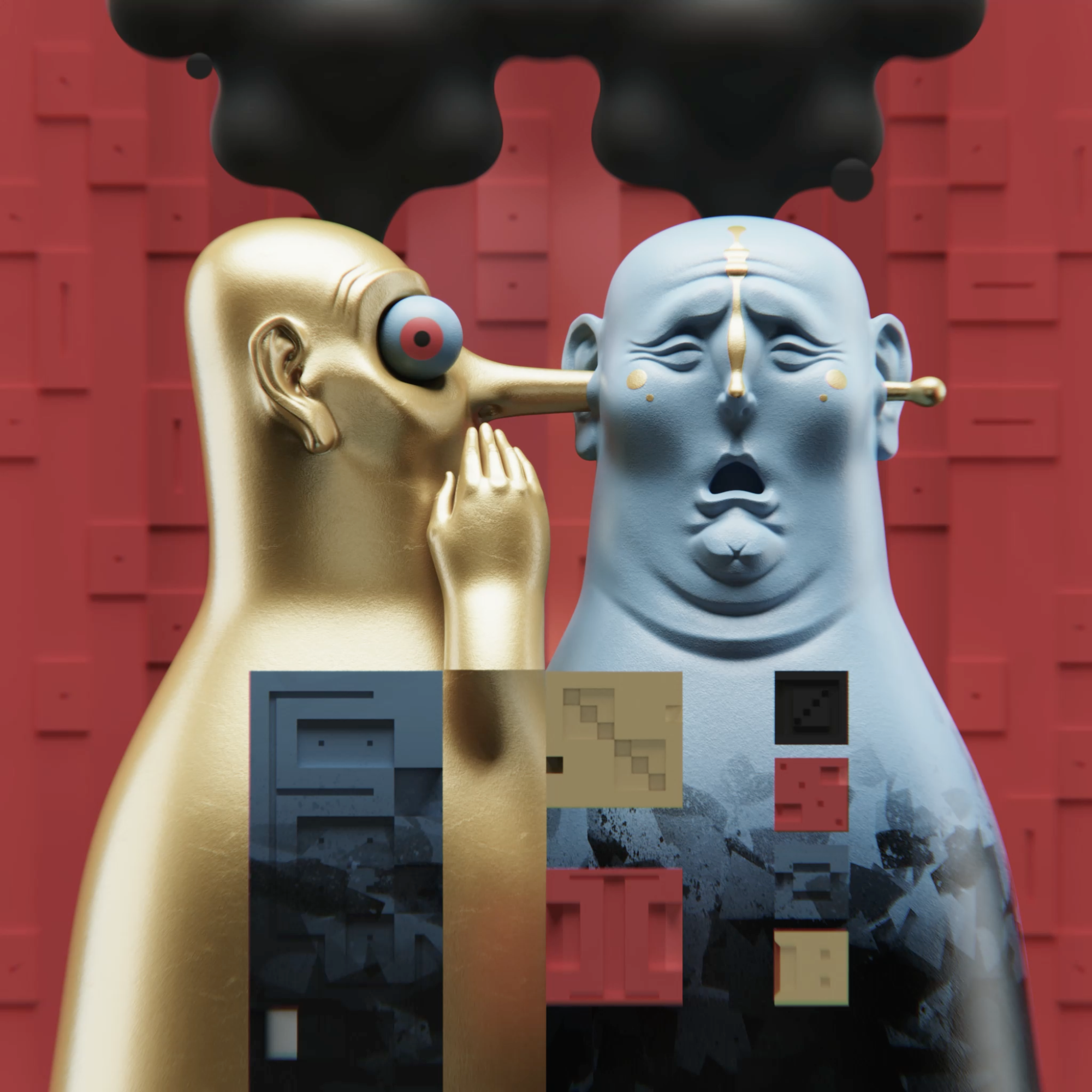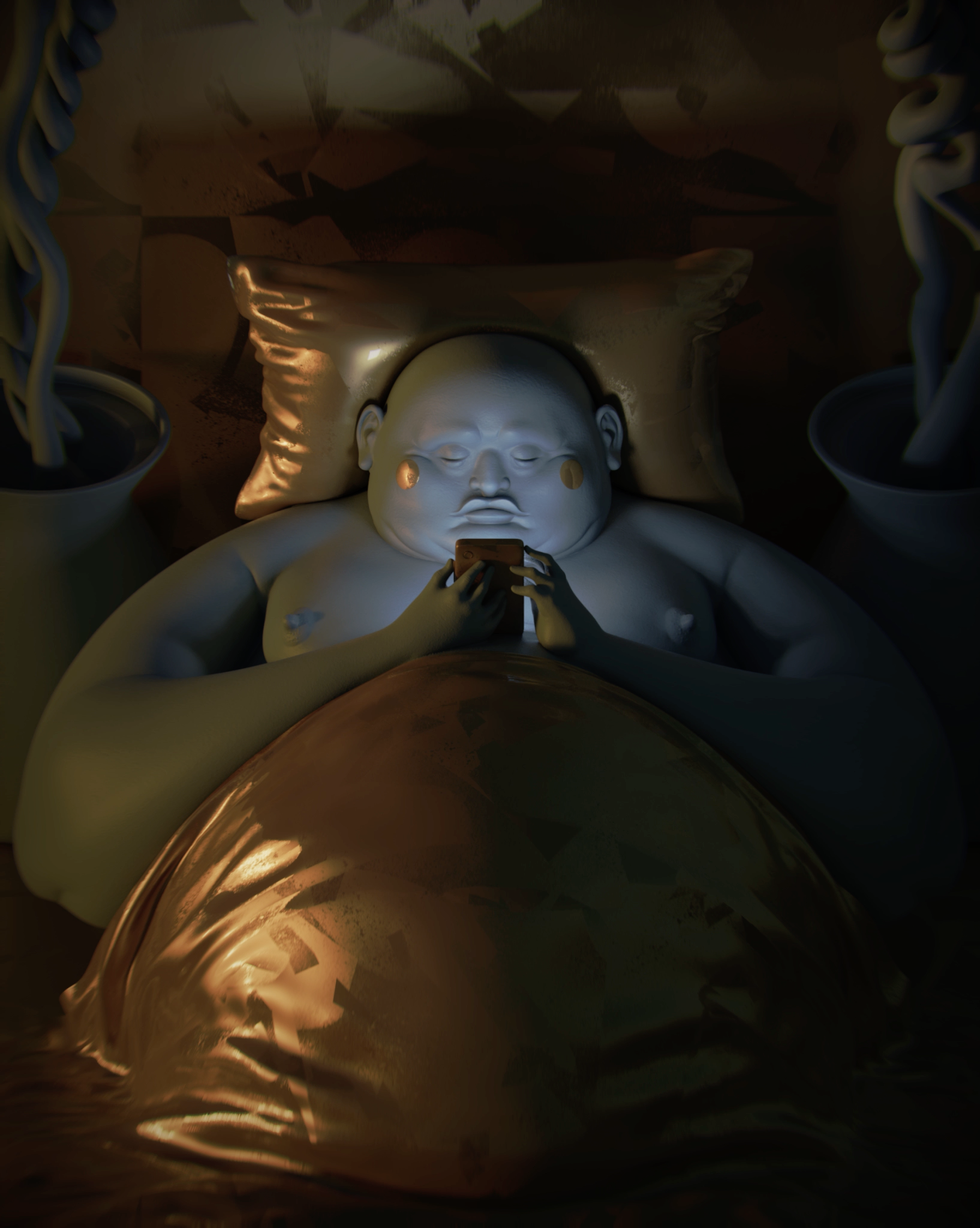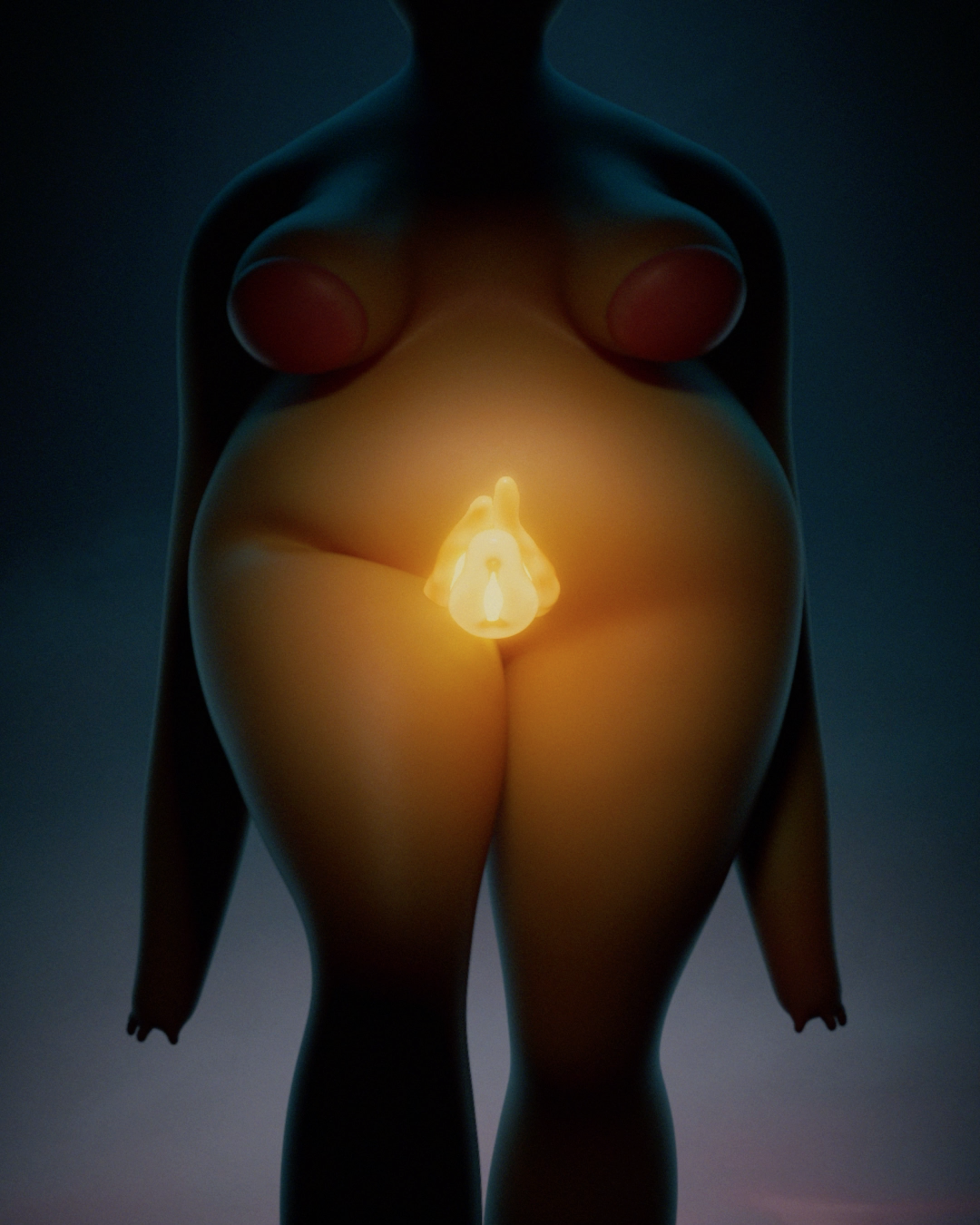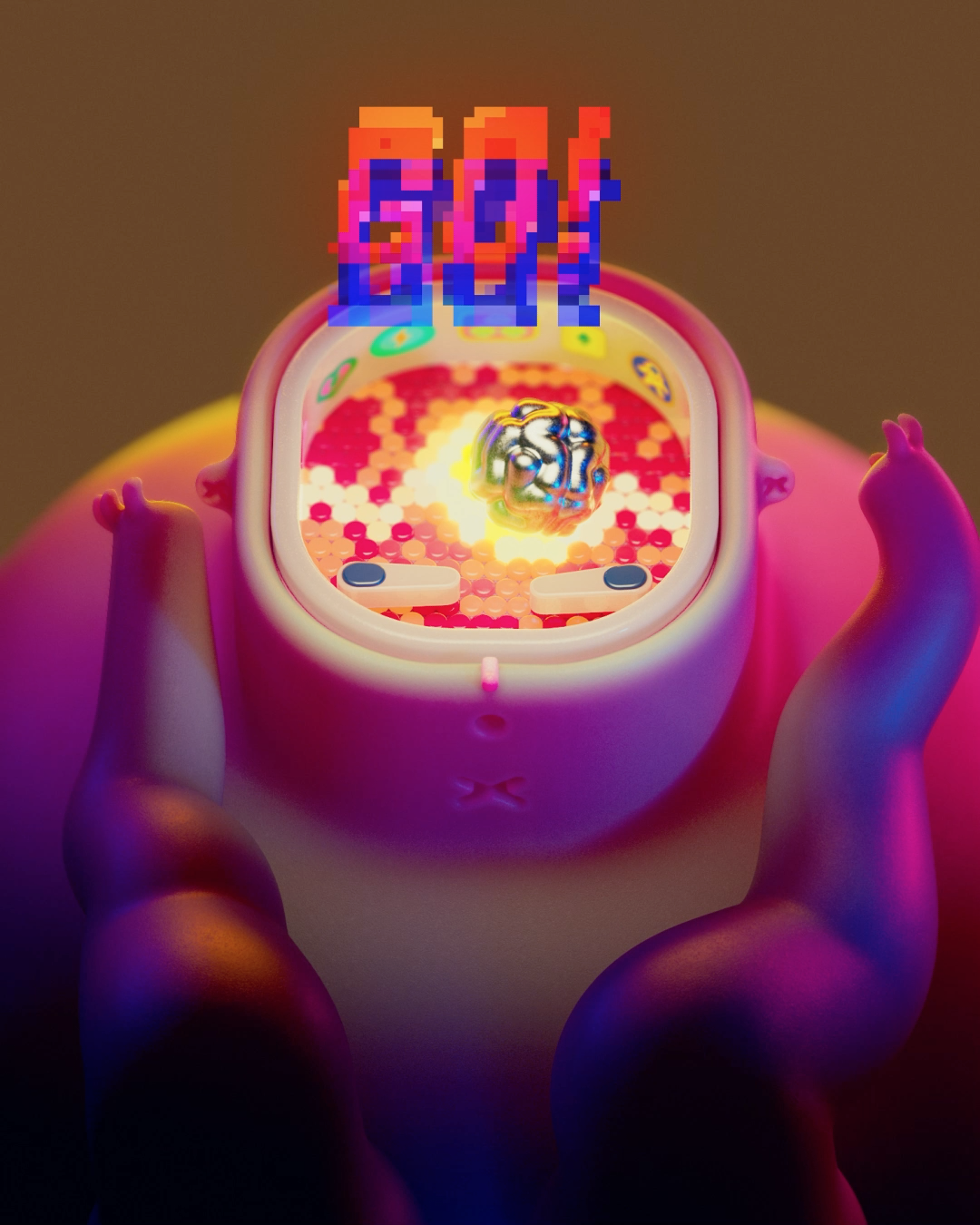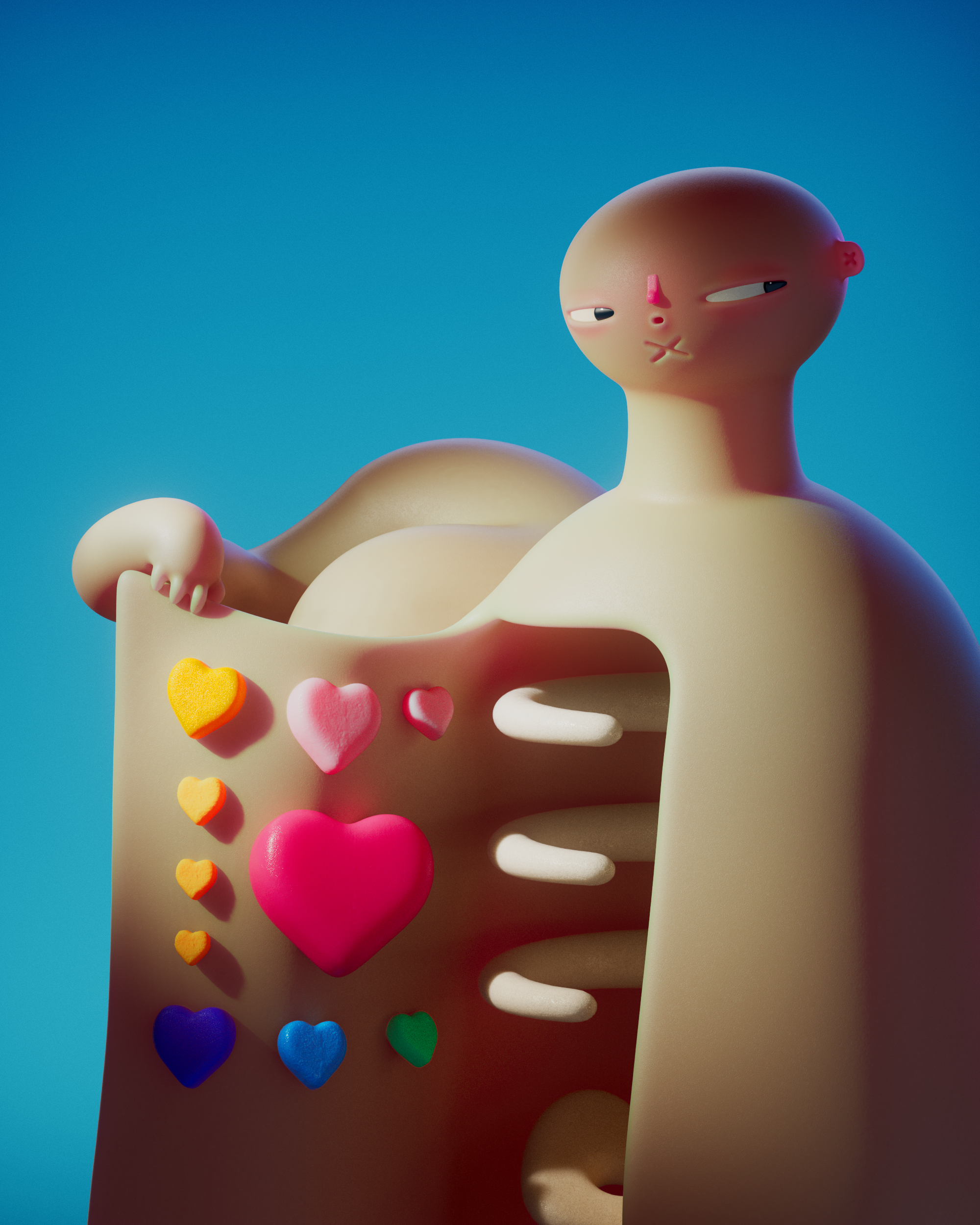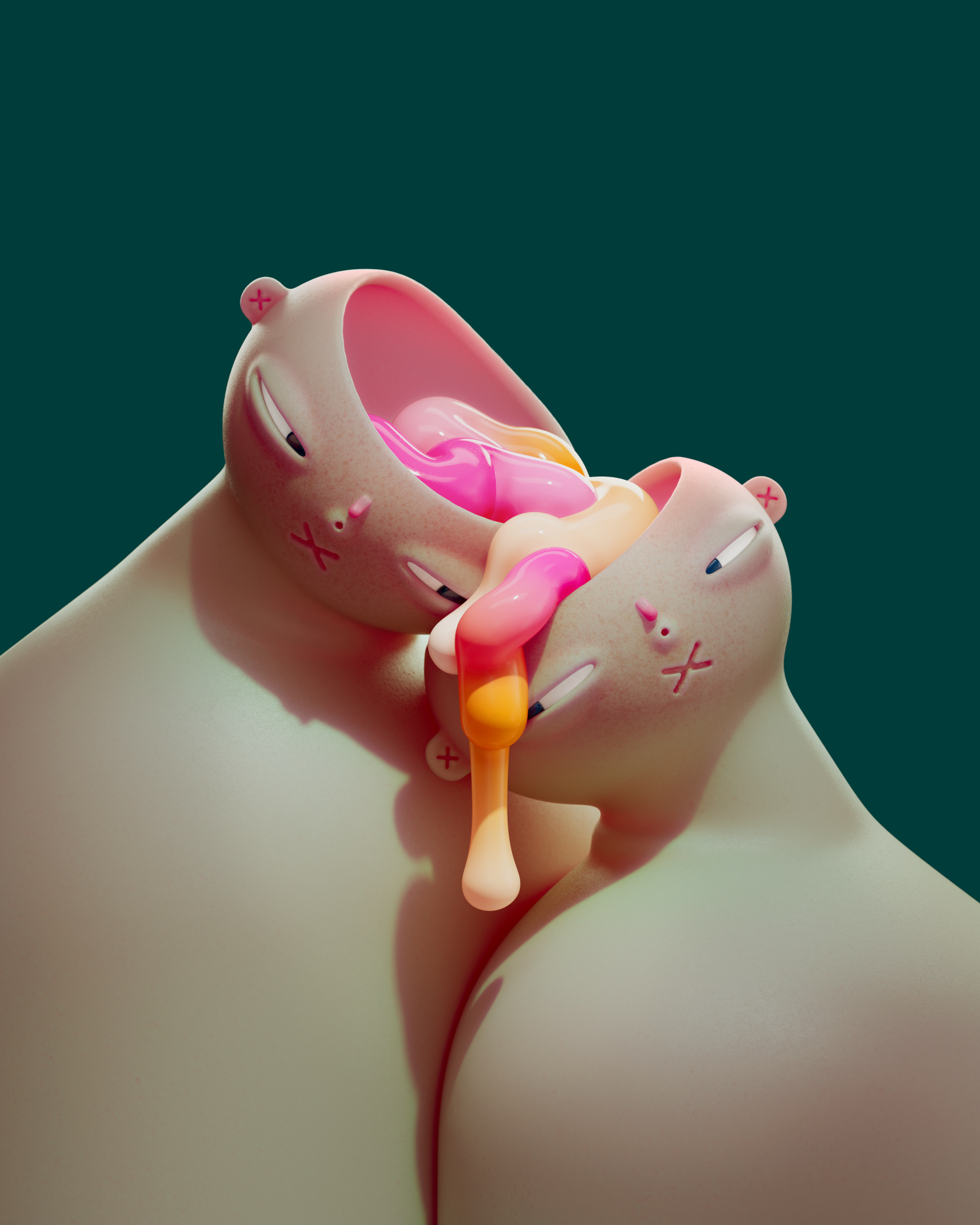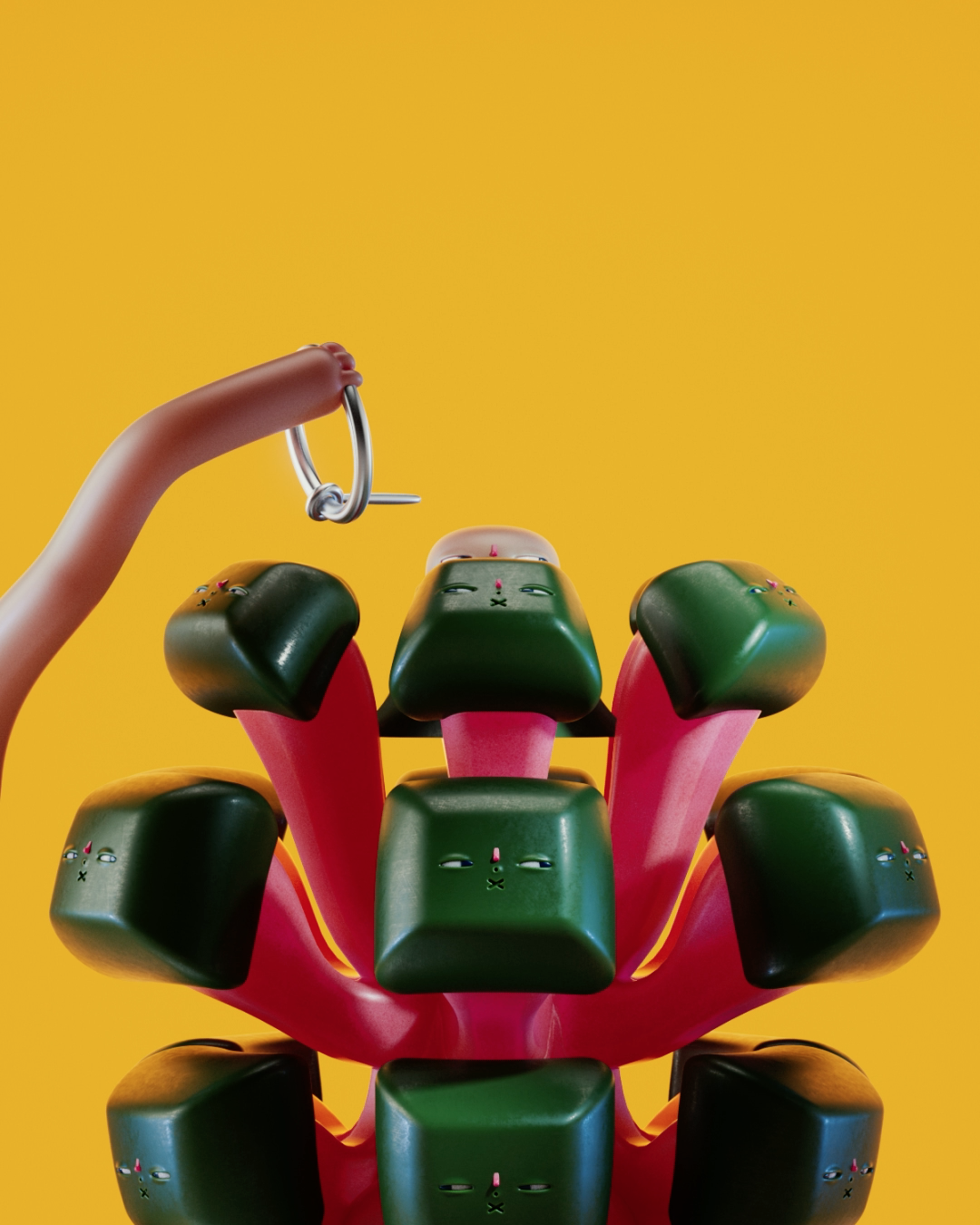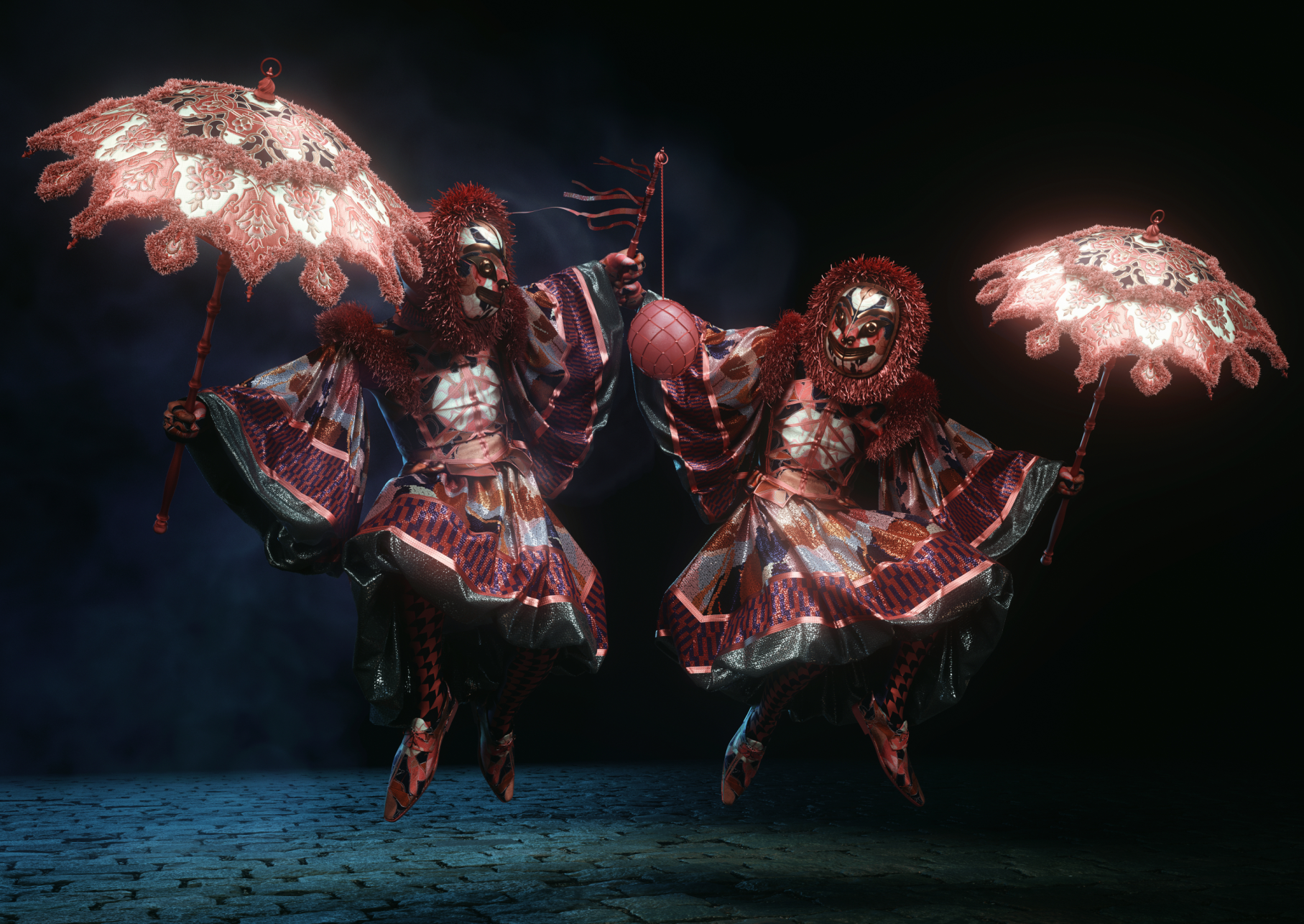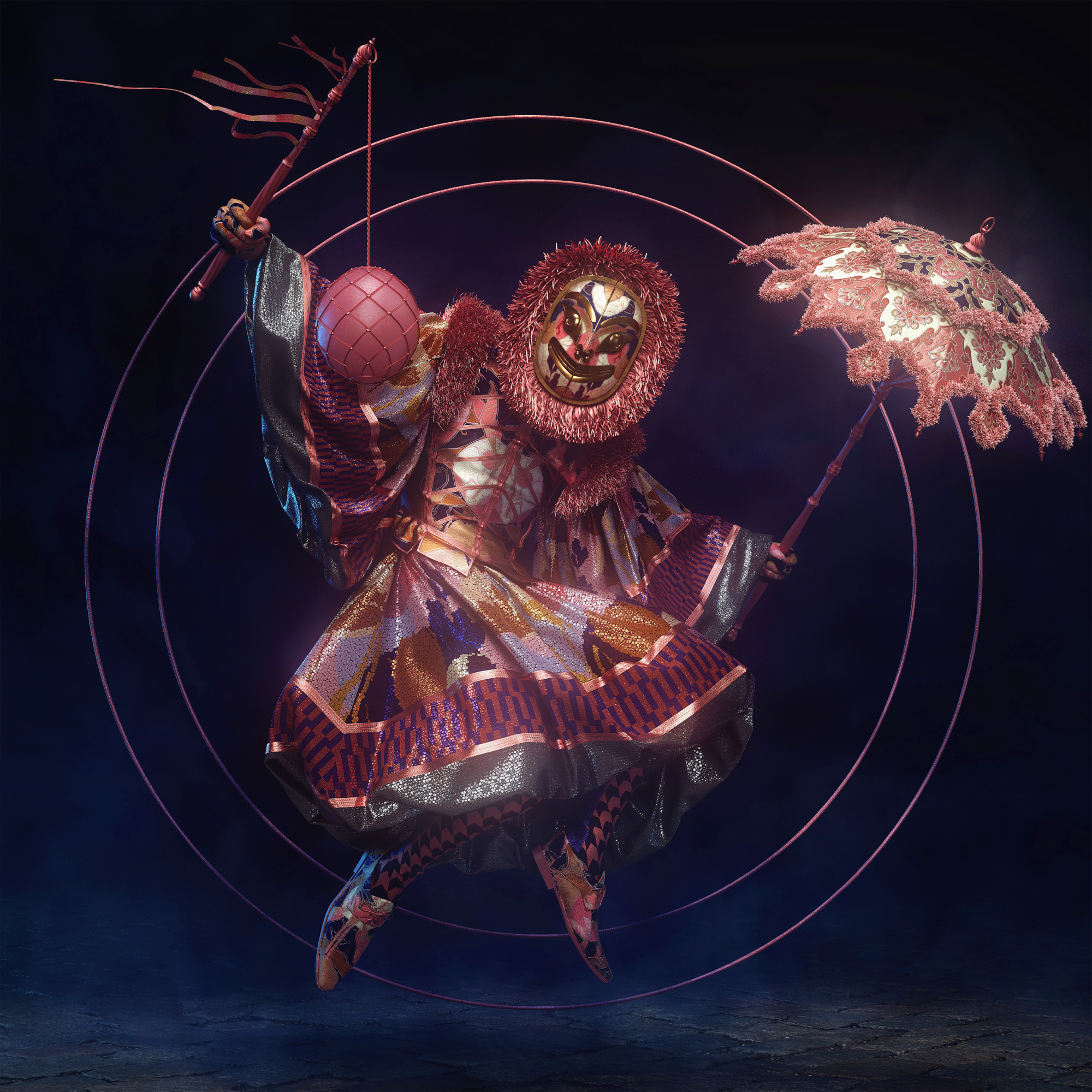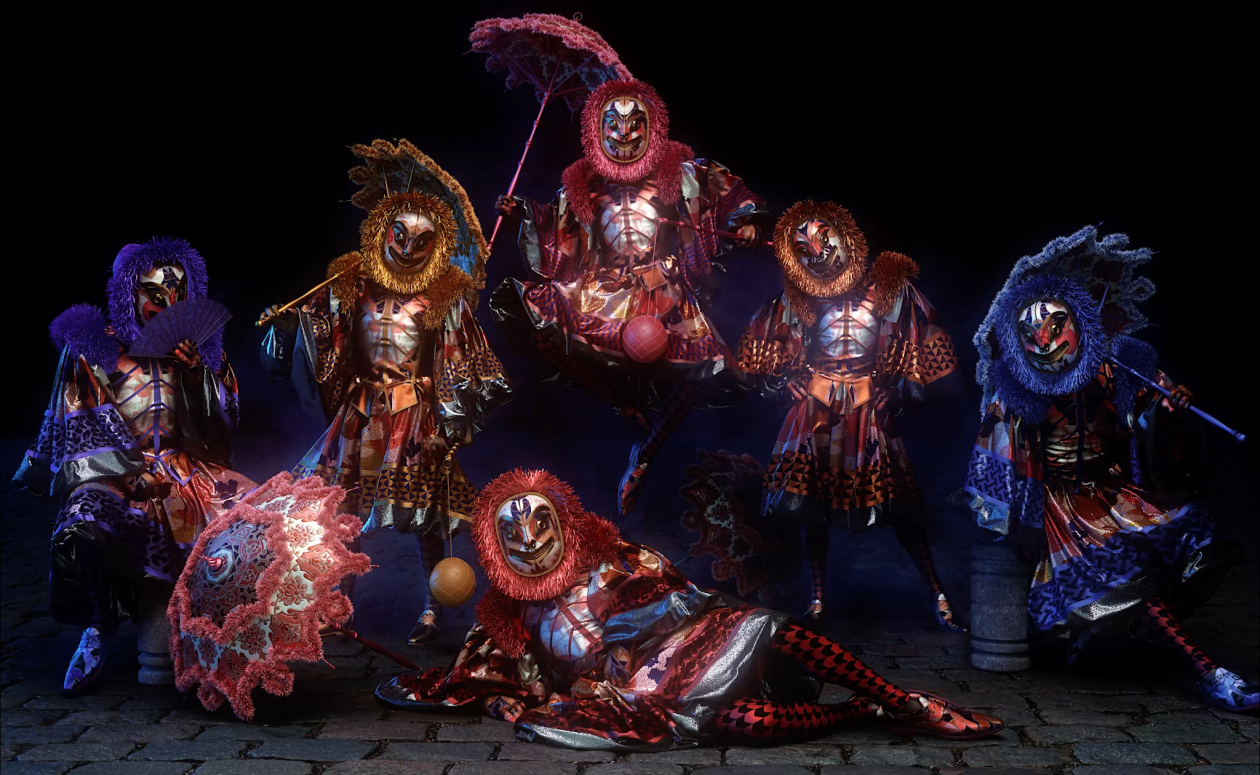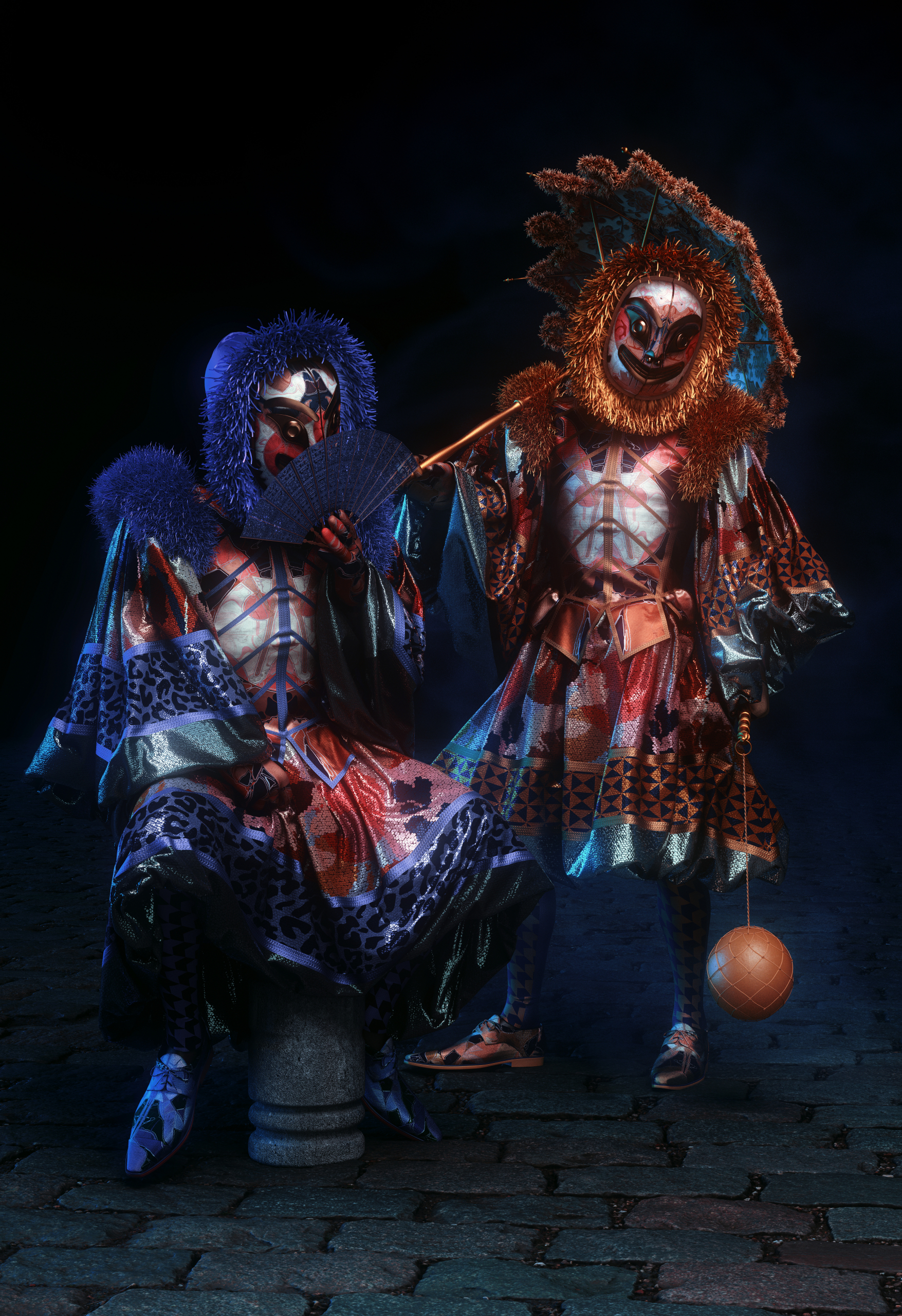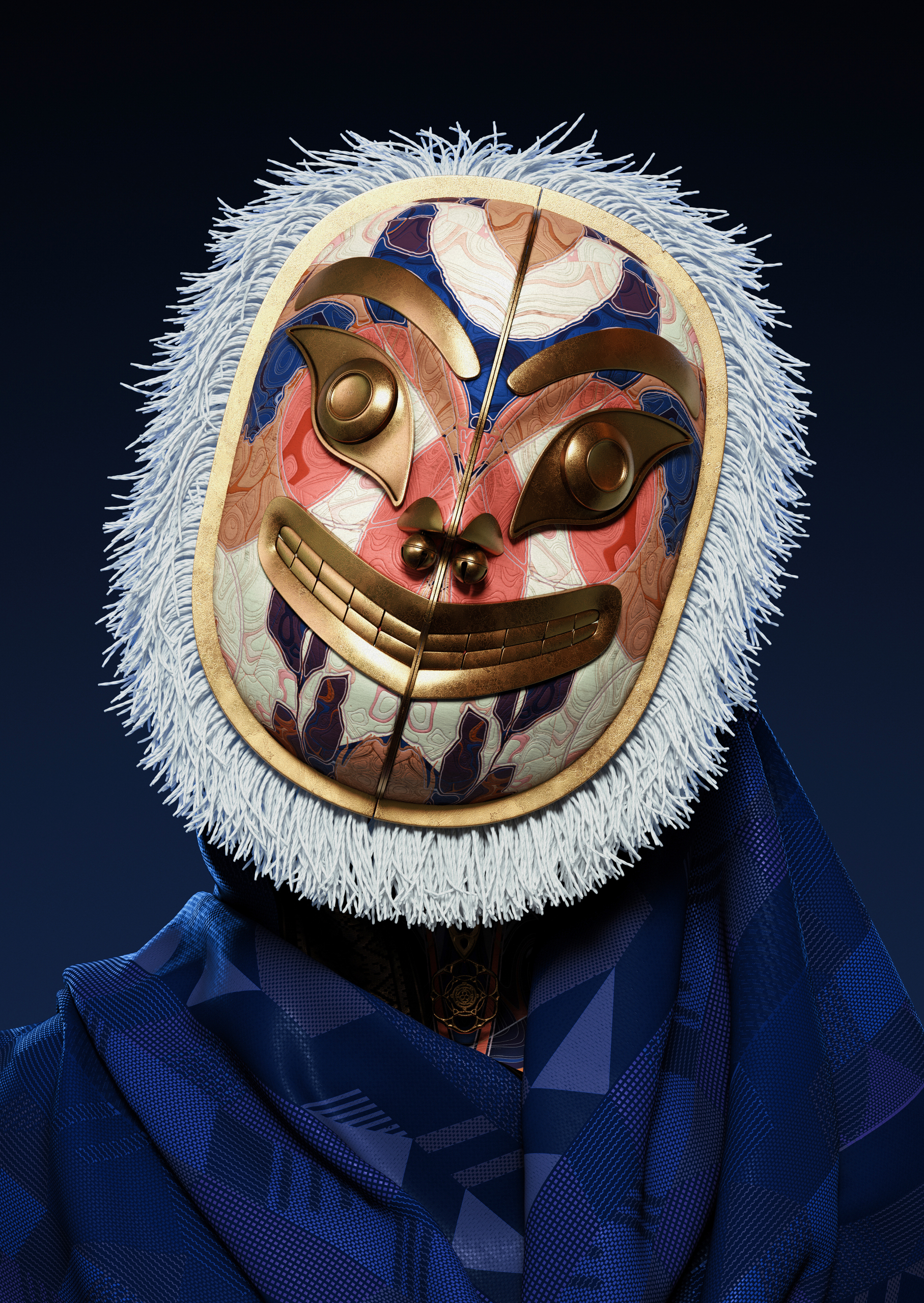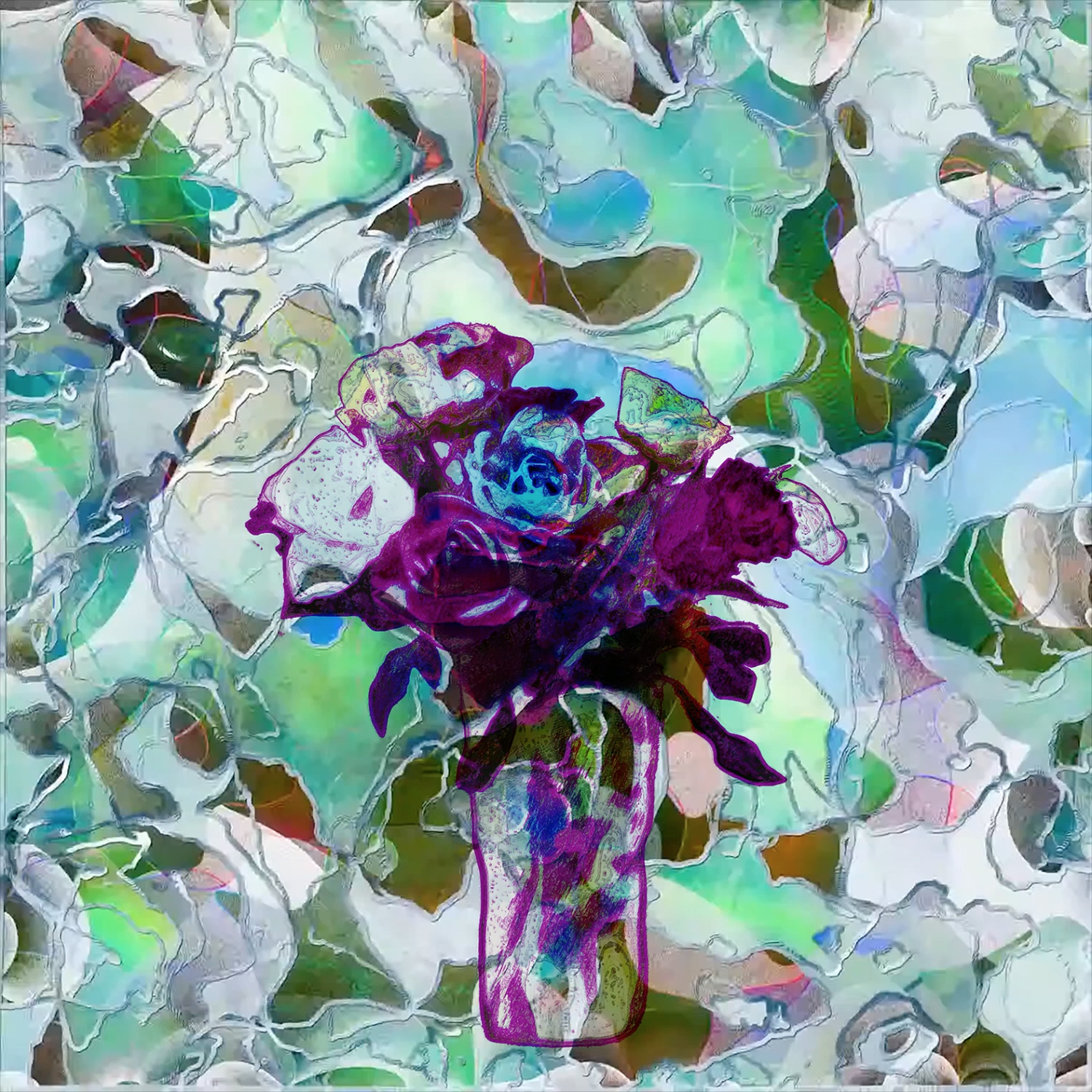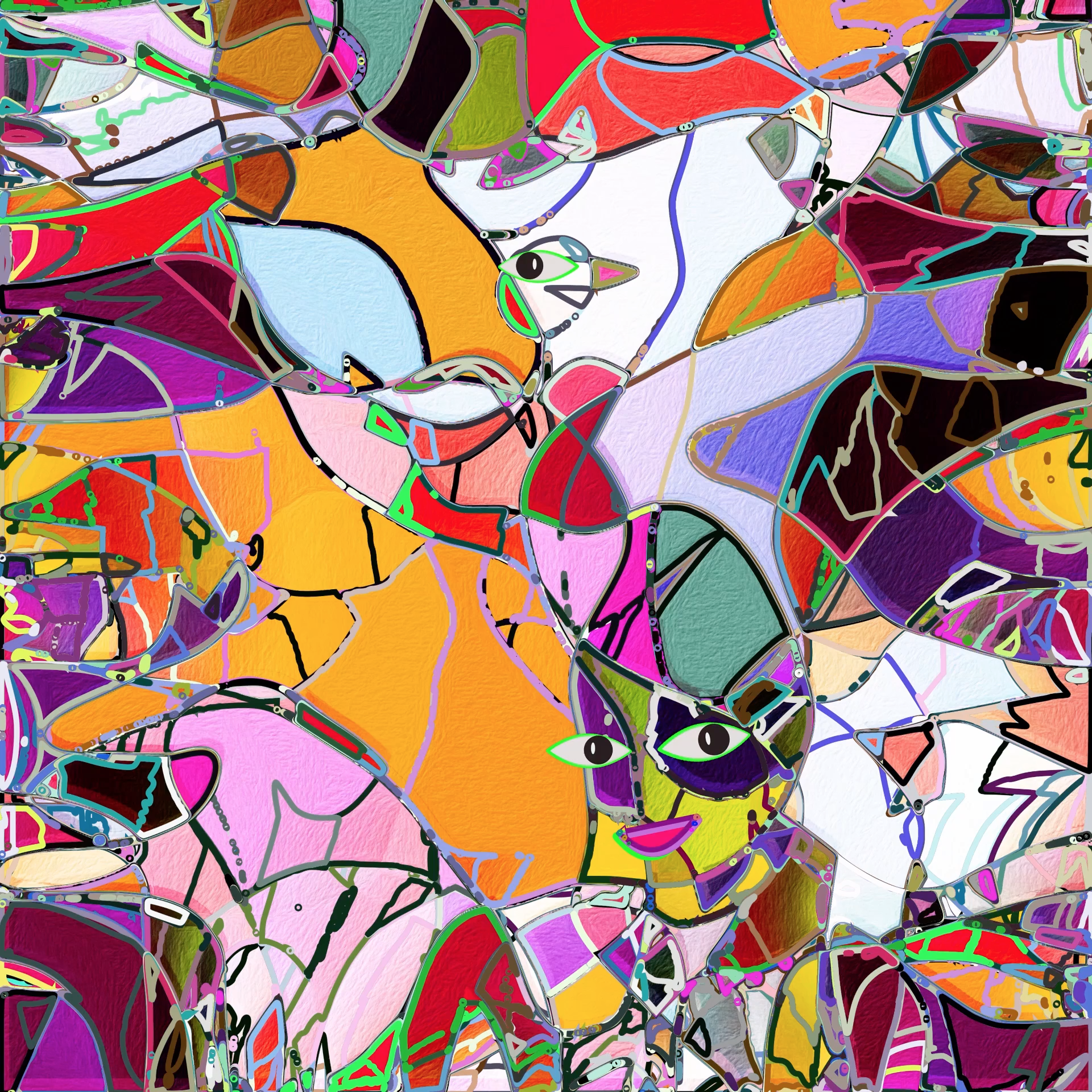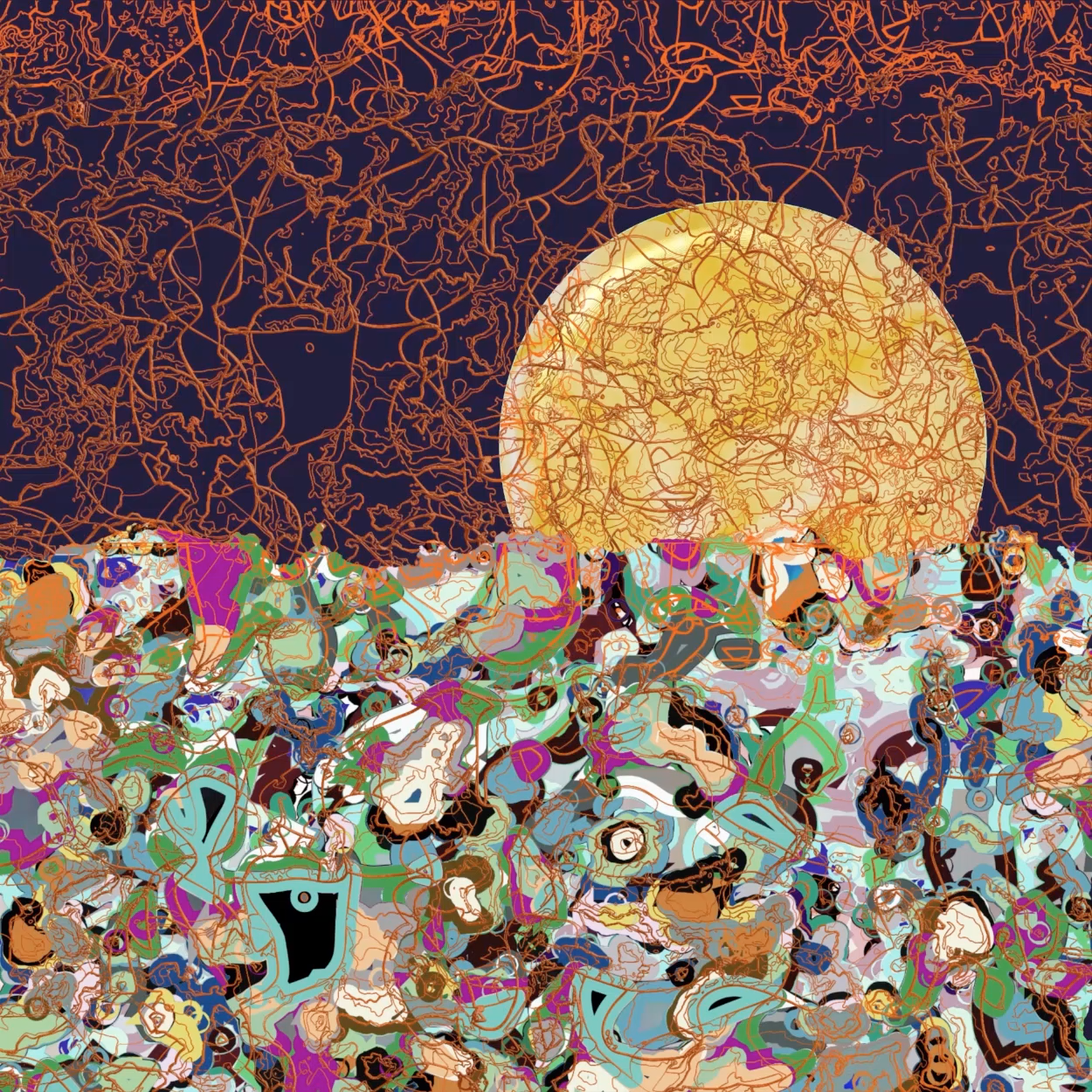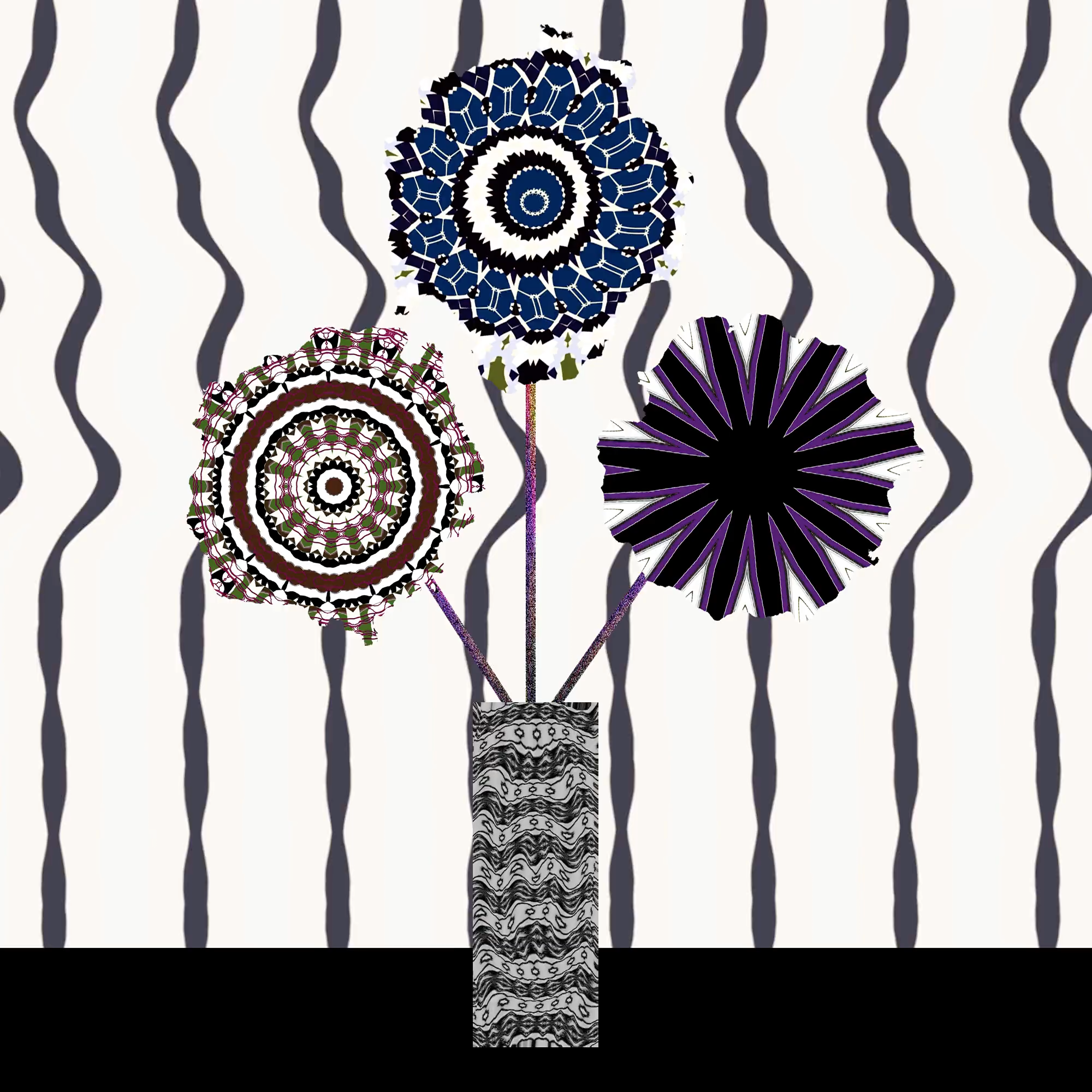The main difficulties I see are the following: 1- Language, 2- Other cultural issues, 3- Technical issues, 4- Financial issues
1- Most Brazilians, for example, do not speak English, cannot even read a text and translators are often a real disaster. I have Brazilian artist friends who are outside the NFT world and they all have something in common: They don’t know English. Many Brazilian NFT platforms are emerging, but all of them are covered in English. So, they will always be left out and you will probably never meet them. Therefore, while I am in favor of greater decentralization, I also recognize the importance of the relevant role that galeries play in representing them in the world of CryptoArt. Because it is not only the difficulty of the language issue, but also technical and other cultural issues involved.
2- In Brazil, the knowledge culture is to get things easy. Someone needs to teach you! I’ve already sent to artist friends several video links to learn for themselves and they say they need a teacher and start firing millions of questions without even watching the video. I’m not like that, I got into CryptoArt early by simply chasing the information alone. I see many more Brazilian programmers in Cryptoart than real artists. It is a reality! Generative art can help artists in their creativity, but it has driven many who were never artists.
3- Another major difficulty is understanding the concept of decentralization and its consequences, together with all the necessary technical knowledge. You need to take care of your own wallet and take the risk, as there is no claim center to ask for your money back. You need to be very careful not to get ripped off. This responsibility brings a lot of fear. I know few Brazilians who are careful. There is an excessive confidence in others. Brazil’s NFT communities are growing very quickly and are helping each other, but in short it seems to be more a race for the money than for the art itself. This is perfectly understandable given the dismal financial state in which most find themselves. We all want, at the very least, to secure a livelihood.
4- Finally, another major barrier to enter NFTs into the Ethereum network space today is high fees. We have a variety of other platforms coming up, but some artists are so poor that even the minimum fee to be paid is too much, as the “Real” currency is currently highly devalued against the dollar. Others don’t even have a computer, just a Smartphone! So the financial issue is a big factor.
I am essentially a Crypto Artist since early 2019. I started in traditional and digital art in 2004 as an apprentice and I never stopped experimenting. I have lived in Germany since 2003 and until 2018 I still didn’t have a defined profession here in Germany. I majored in “Programming and Web Design” in 2011, but I was determined to just be an artist. I didn’t want to do anything other than art and I didn’t want to start my profession as an artist before studying a way to not have digital works stolen from the internet. Well, in 2009 I had a blog about digital art and found out that my images were stolen and didn’t even mention my name. So, for many years I had been looking for some kind of digital certification. I bought Hahnemühle certificates with holograms and they were registered on an internet website, but I was still not satisfied with them. I wanted maximum security, I was obsessed with it! So, in 2018 I went back to doing more research and found what I had been looking for for many years: The NFT world. CryptoArt is a total accomplishment for me! And I’ll explain a little more why: For anyone to be considered a professional artist in Germany, they need to prove it. So you can practice your profession with state support. Since 2019 I received state support through KSK (Künstlerozialkasse – Artists’ social fund) in Germany. It’s a social insurance system where they pay half of their pension and mandatory health insurance for professional artists. When you are not a graduate of an Art University, then you need to prove that you have talent and are capable of producing something extremely original, it cannot be something ordinary. You need to submit photos of your work to KSK’s commission along with proof of sales that you have reached the minimum required amount. In 2018 I submitted the entire form, but that year I had only sold one painting worth 300 Euros. So I wasn’t accepted. In 2019 I achieved exactly the minimum net profit amount required by KSK and in January 2020 I sent my NFT images along with all sales receipts. I was then quickly accepted! It was a great happiness to be considered a professional artist by KSK and recognized for talent, I’m proud of that! I owe it to all my collectors and to the SuperRare platform that welcomed me. Mainly to collectors Whaleshark and ModeratsArt who made a total difference. For example, the play “Boooo!!” https://superrare.com/artwork-v2/boooo!!-5966 (a humorous play in which I represented a collector’s claims in December 2019) which set a record at that time and was misinterpreted by many. I believe it was the key to this turning point in my life. To maintain this status, sales need to continue and this has not been difficult anymore.
In Brazil I had no artistic training. At the time nothing was accessible, there was no internet, books about art were inaccessible and even museums or exhibitions were rare. I was born and raised without the presence of formal art. However, something in Brazil is very strong, the handicraft. Here where I currently live, in Germany, handicraft is not considered Art, you don’t have any recognition for it. But, in Brazil, Art is rooted in handicraft and in this my creation was enriched. The vibrant colors of handicrafts in Brazil, together with the shape of the °fuxicos” made up my main style with strong colors. See my website https://www.melissaduarte.com/ . In the “fuxico” my heart lives, it portrays to me the “saudade” I feel for Brazil and my family. I’ve been living in Germany for 18 years and I had the opportunity to travel a lot and visit museums around the world, thus building an artistic education mixed with many cultures. Through internet research I got to know the Japanese art of Kirigami, which is very reminiscent of Brazilian “fuxico” and had a lot of influence on the construction of my flower vases. I develop a lot of different styles too as it enriches my spiritual side, art for me is therapy too. And I believe that being eclectic is a consequence of having lived in 3 different countries and having a busy life with constant changes. Today I live in a more stable period.
In the future, I believe that almost all of the aforementioned problems will be solved, overcoming all barriers from language difficulties, Blockchain terminology, security, financial and even cultural problems. For there will be enough material in all languages for everyone to understand, it is a matter of time. There will be professors, professional courses and even academic training in the area. Environmental issues will soon be resolved on all platforms as well through network optimizations. And financial problems will no longer be obstacles, as fees will reduce to very small amounts and even zero. In my view everything will become NFT in the future, even our bodies will be tokenized. We will all be digitized!
The exhibition is on view: DCL Art Week: Brazilian Artists on SuperRare
Visit it in Decentraland, SuperRare Museum of Art
